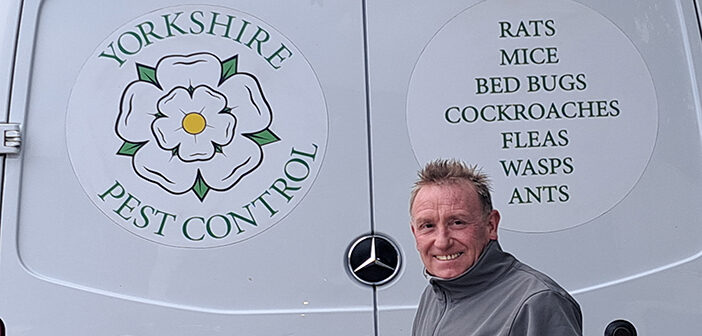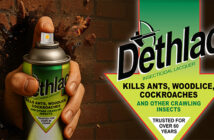Dean Butterworth, a professional pest controller and owner of Rotherham-based firm, Yorkshire Pest Control, was called to a large poultry farm that housed over 1,000 hens due to a growing rodent infestation. Using Selontra, Dean secured the site and regained control of the mass infestation in fewer than three weeks
The Challenge
When Dean was approached by a local poultry farmer to help tackle a growing rodent infestation, he quickly realised how serious an issue it was. The large-scale poultry farm was home to over 1,000 hens, and rats were feasting on the ample animal food available.
Coupled with plenty of harbourage and available water, the infestation had quickly got out of hand, posing a huge risk to the health of workers and financial loss from the consumed food and damaged eggs. Dean knew he needed to act fast to regain control to prevent further losses.

The large poultry farm housed over 1,000 hens
The farmer had reported his hen feed had diminished rapidly and there had also been sightings of large numbers of rodents scurrying across the farm in the evenings. Upon his site inspection, Dean noticed further signs of activity such as established rat runs and smear marks near the buildings and estimated there to be up to 250 rats present both in and around the onsite buildings and courtyard.
After positioning multiple bait boxes around the farm, Dean experienced minimal bait uptake, likely due to the rodent’s neophobic behaviour. To mitigate this, Dean decided a covered and protected approach was required to overcome the neophobia and to increase the speed of bait consumption.
Dean created sheltered areas to position the bait points using debris from the site.
“I used old pallets, roofing sheets, disused chicken runs and old sheds to hide the bait that I had securely fixed onto metal wires,” Dean said.
“I knew that due to neophobic behaviour and availability of other food on site, it would not be simple to get the rats to consume a lethal dose so quickly. So, I created 30 bait points along suspected rat runs, all armed with seven blocks of Selontra in each of the covered areas. Within two days, 50% of the bait had been consumed.”
The Result
Once the bait had all been consumed, Dean replenished each bait location until consumption lessened and activity around the site had decreased. In total, Dean used in total around 4kg of the cholecalciferol-based rodenticide, Selontra and was able to regain total control of the infestation in fewer than three weeks.
“I knew I needed to use Selontra on this job, and thanks to its quick knock-down effect and stop-feed properties, I was able to diminish the rodent population in record time,” Dean said.
“Due to the rural location of the site, I didn’t want to put any non-target species at risk through secondary poisoning – neither the hens nor other wildlife such as birds of prey, and I knew Selontra significantly reduced this risk due to its non-bioaccumulative properties.”
Dean continued: “Overall, Selontra worked exceptionally well on this location. The infestation was cleared quickly, and my customer was impressed with the speed in which I was able to regain control.
“Thanks to Selontra, I now have a monthly job at this site to implement an integrated pest management strategy to reduce the risk of reinfestation. I will definitely be using Selontra in the future on upcoming jobs, it worked flawlessly to help me achieve full control.”




